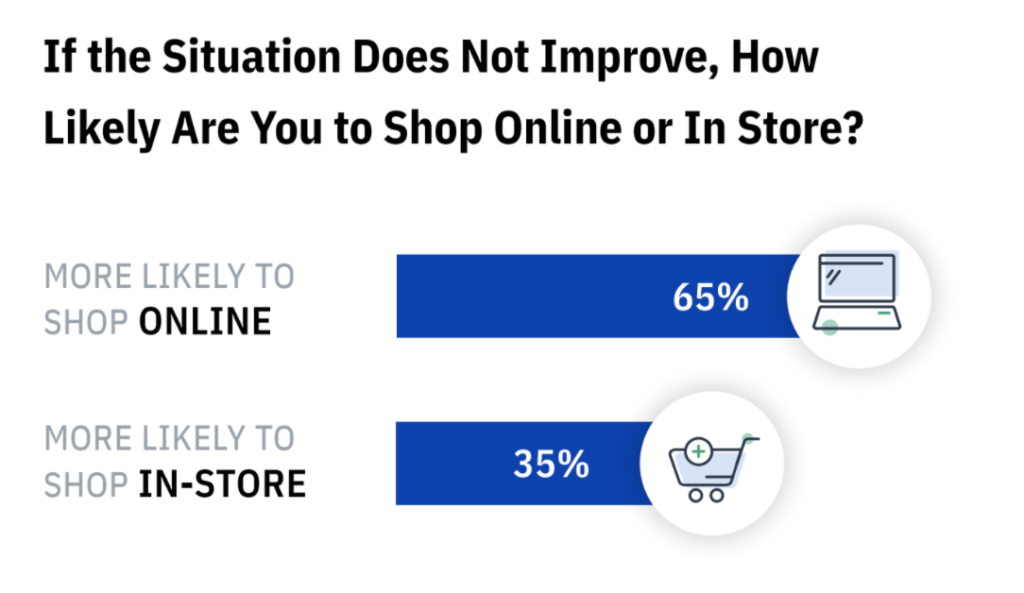These days, it’s not uncommon for brands to take the term “listening program” to mean a series of listening posts set up across multiple channels.
Yes, those posts are an important part of listening, but experience programs can be so much more (and do so much more for your business). They can go far beyond listening in across channels and reacting to customer comments only as they come in.
Listening for, reacting to, and measuring customer sentiment in this manner is what’s commonly known as experience management. And honestly, it rarely moves the needle for brands or creates a better experience for customers. Experience improvement (XI), by contrast, allows companies to achieve both of those goals by connecting to customers in a very human way. Essentially, it pays for brands to have an experience improvement success framework.
Today, we’re going to touch on three ways a success framework can add unbridled power to any improvement effort:
- Proving ROI
- Listening Purposefully
- Owning The Moments That Matter
Key #1: Proving ROI
ROI has been a notoriously fickle element of experience programs for years—but it doesn’t have to be. In fact, the difficulty of proving ROI stems less from experience programs being a financially elusive unicorn than many companies not tying their program to a quantifiable objective.
This is why it is crucial that brands establish hard, specific goals for their experience program. An objective like “be more customer-centric” isn’t going to cut it, especially when it comes to proving ROI. Rather, experience practitioners and stakeholders need to work together to hash out program objectives that can be tied to financial goals.
Whether it’s acquiring X amount of new customers or lowering cost to serve by Y percent, creating goals like these and gearing your program toward them will make establishing ROI much, much easier.
Key #2: Listening Purposefully
ROI isn’t the only area a success framework can help companies stencil in. This setup can also help brands better identify who to listen to and why.
Conventional wisdom holds that companies should listen for feedback from anyone, but that isn’t necessarily true. Callous as it may sound to some, the truth is that some audiences are just more worth listening to than others. A success framework can help companies identify which audiences they need to listen to to achieve program goals.
This approach is also handy for cutting through the mountains and mountains of data that experience programs inevitably rake in. They also help programs get to the heart of providing a great experience, which leads us to our final topic:
Key #3: Owning The Moments That Matter
The moments that matter are the instances in which the needs of customers, employees, and businesses all connect. They’re the moments in which a customer journey transcends a transaction and becomes a profound emotional connection. Owning the moments that matter is vital to creating connections and inspiring transformational success across your business.
This final key is a culmination of establishing financial goals, listening purposefully, and taking action—ultimately creating meaning for customers. That capacity to create meaning is what sets the best brands apart from the competition and carries them to the top of their verticals. And it all starts with building an experience improvement success framework.
Click here to learn more about how to create a success framework and why doing so at the very start of your experience improvement journey will guarantee success for you, your customers, and your employees.








